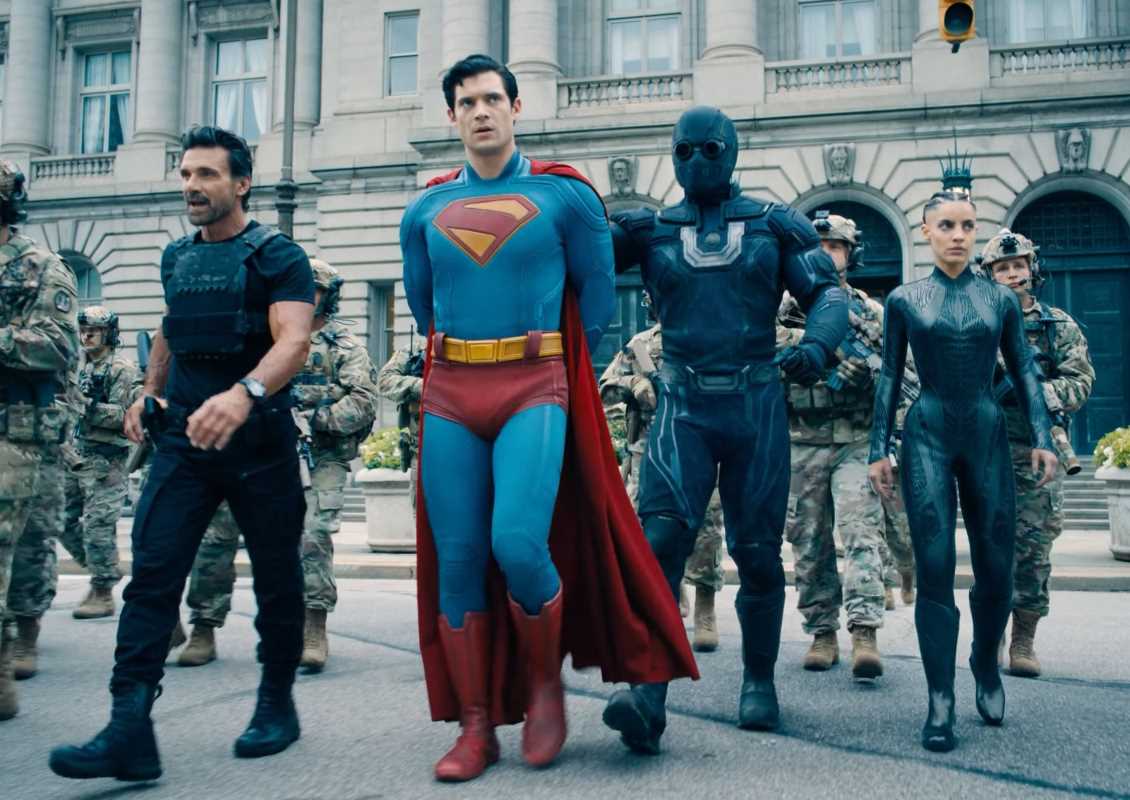Cinema has always been a reflection of society, capturing the stories, struggles, and triumphs of people everywhere. While mainstream Hollywood productions often cater to broader audiences, indie films have the unique ability to tell more intimate and daring stories. This is especially true for films that focus on LGBTQ+ challenges. These smaller-budget productions often explore the raw, unfiltered experiences of queer individuals, tackling topics that big studios might shy away from.
Indie films have become a crucial space for LGBTQ+ voices. They don’t just showcase love stories but also address issues like identity, discrimination, and family dynamics. Through these films, audiences gain valuable insights into the lives of queer individuals and the obstacles they face, helping foster understanding and compassion. But what are these challenges, and why are indie films so adept at portraying them? Let's take a closer look.
Why Indie Films Stand Out
Mainstream movies often prioritize broad appeal and ticket sales, which can result in watered-down depictions of LGBTQ+ experiences. Indie films, on the other hand, are not bound by the same commercial pressures. This freedom allows filmmakers to take risks, focus on authenticity, and tell stories that feel deeply personal.
Authentic Representation
One of the defining traits of indie films is their focus on real, relatable characters. LGBTQ+ indie films often highlight stories that are rooted in lived experiences, portraying struggles like coming out, internalized homophobia, or exclusion from family or society. These films strive for authenticity, ensuring that the characters and their journeys resonate with audiences, especially those who may have faced similar challenges.
Diverse Narratives
Indie films go beyond stereotypes. They showcase a wide range of LGBTQ+ identities, including nonbinary, transgender, and queer people of color. This diversity ensures that underrepresented voices within the LGBTQ+ spectrum are heard, enabling viewers to see themselves on screen in ways that feel meaningful and validating.
Raw and Honest
There’s a certain rawness about indie films. Without the constraints of big production studios, creators can explore serious and sometimes uncomfortable topics. Whether addressing issues like bigotry, mental health struggles, or the intersectionality of identity and culture, indie films handle these subjects with the honesty that they deserve.
Challenges Faced by LGBTQ+ Communities on Film
LGBTQ+ individuals face a wide variety of challenges, many of which are often overlooked or misunderstood. Indie filmmakers have stepped in to shed light on these issues, helping audiences see the world through different perspectives. Here are some common themes explored in indie LGBTQ+ films:
1. The Journey of Self-Acceptance
For many queer individuals, understanding and accepting their identity can take years. This journey is often complicated by societal pressures, religious expectations, or internal conflict. Indie films frequently focus on this deeply personal struggle, showcasing the bravery it takes to live as your true self.
A prime example of this theme is the indie film The Miseducation of Cameron Post. The film follows a teenage girl sent to a conversion therapy camp after being caught in a same-sex relationship. While the film explores the cruelty of conversion therapy, it also emphasizes the protagonist’s path toward self-acceptance and resilience.
2. Coming Out to Family and Friends
Coming out remains one of the most pivotal moments in many LGBTQ+ people’s lives, and not all experiences are positive. Validating this experience, indie films like Love, Simon and Pariah focus on the emotional complexities of revealing one’s truth to loved ones. By capturing the fears, hopes, and sometimes rejection that can accompany coming out, these films allow audiences to reflect on the importance of acceptance and support.
3. Intersectionality and Marginalization
Not all LGBTQ+ people face the same challenges. Intersectionality explores how race, gender, class, and other aspects of identity can amplify or shape the queer experience. For instance, queer people of color or LGBTQ+ immigrants may grapple with unique struggles tied to racism, cultural expectations, or xenophobia.
Films like Tangerine spotlight these overlapping challenges. This indie gem, shot entirely on iPhones, tells the story of two Black transgender women navigating life, love, and betrayal in Los Angeles. By focusing on their lives without sensationalizing their struggles, the film sheds light on the day-to-day difficulties of marginalized queer communities.
4. Discrimination and Violence
Indie films don’t shy away from portraying the harsh realities of homophobia and transphobia. While these topics can be difficult to watch, they are vital for understanding the risks and hatred that many LGBTQ+ people face.
Boys Don’t Cry, based on the real-life story of Brandon Teena, a transgender man who was brutally murdered, is a haunting example. The film confronts prejudice head-on, forcing viewers to reckon with the deadly consequences of intolerance.
5. Finding Community and Love
Amid the challenges, indie films also shine a light on the beauty of queer friendships, love, and chosen families. For many LGBTQ+ individuals, finding a supportive community can be life-saving. Films like Moonlight highlight how love and connection can flourish even in the face of adversity.
Moonlight, in particular, paints a tender portrait of a queer Black man coming to terms with his identity over three stages of his life. The film’s raw, heartfelt approach earned it critical acclaim, including an Academy Award for Best Picture. It’s a shining example of how indie films can tell profoundly personal stories while addressing larger societal issues.
The Impact of LGBTQ+ Indie Films
Indie films focused on LGBTQ+ challenges have a far-reaching impact. Beyond providing representation, they play a crucial role in sparking conversations and encouraging empathy.
Amplifying Marginalized Voices
Too often, mainstream media focuses on cisgender, white, gay men while sidelining the rest of the LGBTQ+ community. Indie films challenge this imbalance by telling stories about transgender individuals, lesbians, bisexual people, and queer people of color.
Changing Perspectives
For audiences outside the LGBTQ+ community, these films offer a window into lives that may be vastly different from their own. This kind of storytelling helps challenge prejudices and foster understanding.
Inspiring Advocacy
Films with human rights messages often inspire audiences to act. Whether donating to LGBTQ+ charities, attending Pride events, or becoming allies within their own communities, viewers are often moved to make a difference after watching these powerful stories.
Notable LGBTQ+ Indie Films to Watch
If you’re looking to explore indie films that shed light on LGBTQ+ challenges, here’s a list to get you started:
- Call Me By Your Name (2017): A coming-of-age story about love and identity during a summer in Italy.
- Portrait of a Lady on Fire (2019): A breathtakingly beautiful exploration of forbidden love in 18th-century France.
- Milk (2008): A biographical film about Harvey Milk, one of the first openly gay elected officials in America, and his fight for LGBTQ+ rights.
- The Kids Are All Right (2010): A witty portrayal of family dynamics in a lesbian household when the children seek out their biological father.
Where Do These Stories Go from Here?
While indie films have done a tremendous job of highlighting LGBTQ+ challenges, there’s still more work to be done. The success of films like Moonlight proves there's an appetite for more nuanced and diverse storytelling. With the rise of LGBTQ+ filmmakers and actors, the future of queer cinema looks brighter than ever.
The responsibility now falls on audiences, producers, and distributors to support these films. Watching, sharing, and amplifying independent stories ensures these voices aren’t just heard but celebrated.
 (Image via
(Image via





